Описание книги
Sandro Botticelli (Alessandro di Mariano Filipepi) (Florence, 1445 – 1510)Botticelli était le fils d'un citoyen jouissant d'une situation confortable, et avait été «instruit dans toutes les choses que les enfants doivent habituellement savoir avant de choisir une vocation ». Mais il refusa de consacrer son attention à la lecture, l'écriture et le calcul, poursuit Vasari, de sorte que son père, désespérant de le voir un jour à l'école, le plaça en apprentissage auprès de l'orfèvre Botticello, d'o...
Sandro Botticelli (Alessandro di Mariano Filipepi) (Florence, 1445 – 1510)
Botticelli était le fils d'un citoyen jouissant d'une situation confortable, et avait été «instruit dans toutes les choses que les enfants doivent habituellement savoir avant de choisir une vocation ». Mais il refusa de consacrer son attention à la lecture, l'écriture et le calcul, poursuit Vasari, de sorte que son père, désespérant de le voir un jour à l'école, le plaça en apprentissage auprès de l'orfèvre Botticello, d'où le nom qui est passé à la postérité. Mais Sandro, jeune garçon à l'air entêté, doté de grands yeux calmes et scrutateurs et d'une tignasse blonde – il s'est représenté lui-même sur le côté gauche de L'Adoration des Mages – voulait bien devenir peintre, et il fut donc placé auprès du moine carmélite Fra Filippo Lippi.
Comme de nombreux artistes de son temps, satisfait de la joie que lui procurait la peinture, il se tourna vers l'étude de la beauté et du caractère de l'homme, plutôt que vers les thèmes religieux. Ainsi, Sandro fit des progrès rapides, aimant son professeur et, plus tard, le fils de celui-ci, Filippino Lippi, auquel il apprit à peindre. Mais le réalisme du maître le toucha à peine, car Sandro était un rêveur et un poète.
Botticelli n'est pas un peintre de faits, mais d'idées ; ses tableaux ne sont pas tant des représentations d'objets que des agencements de motifs et de formes. Ses couleurs ne sont pas riches et proches de la vie, mais subordonnées à la forme, et elles sont souvent des nuances plus que de vraies couleurs. En réalité, il s'intéresse aux possibilités abstraites de son art, et ses personnages n'occupent pas de place bien définie dans l'espace : ils n'attirent pas notre oeil par leur volume, mais suggèrent plutôt un motif ornemental plat. De même, les lignes qui entourent les personnages sont choisies pour leur fonction première, décorative.
On a dit que Botticelli, «bien qu'étant un piètre anatomiste, était l'un des plus grands dessinateurs de la Renaissance ». Comme exemple d'anatomie erronée, nous pouvons citer la manière improbable dont la tête de la Madone est reliée à son cou, ou encore toutes les articulations approximatives et les membres difformes que l'on trouve dans les tableaux de Botticelli. Pourtant, son talent de dessinateur fut reconnu, car il donna à la «ligne » non seulement une beauté intrinsèque, mais également un sens. Autrement dit, en langage mathématique, il réduisit le mouvement de la figure à la somme de ses facteurs élémentaires, à ses plus simples formes d'expression. Il combina ensuite ces diverses formes en une figure qui, à travers ses lignes rythmiques et harmoniques, projette sur notre imagination les sentiments poétiques qui animaient l'artiste lui-même. Ce pouvoir de faire compter chaque ligne, à la fois par son sens et par sa beauté, distingue les grands maîtres du dessin de la grande majorité des artistes, utilisant la ligne avant tout comme un outil nécessaire à la représentation des objets concrets.
Книга «Sandro Botticelli» автора Victoria Charles оценена посетителями КнигоГид, и её читательский рейтинг составил 0.00 из 10.Для бесплатного просмотра предоставляются: аннотация, публикация, отзывы, а также файлы для скачивания.
- Просмотров: 41
- Рецензий: 0
- Переводчики: не указаны
- Серия: Perfect Square
- ISBN (EAN): 978-5-457-48510-5
- Языки: fr
- Возрастное ограничение: не указано
- Год написания: не указан

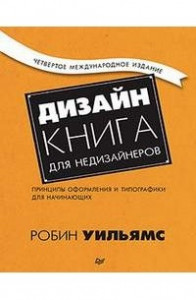
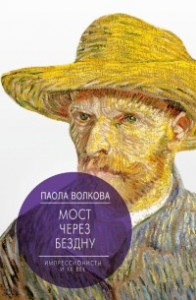

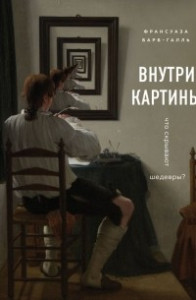
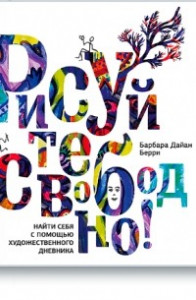

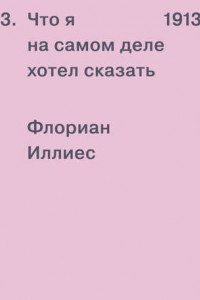
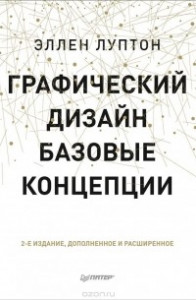

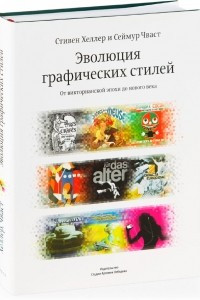
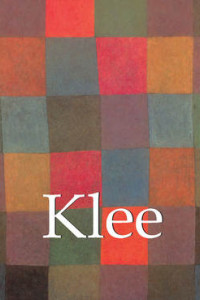




Рецензии на книгу
Написано 0 рецензий